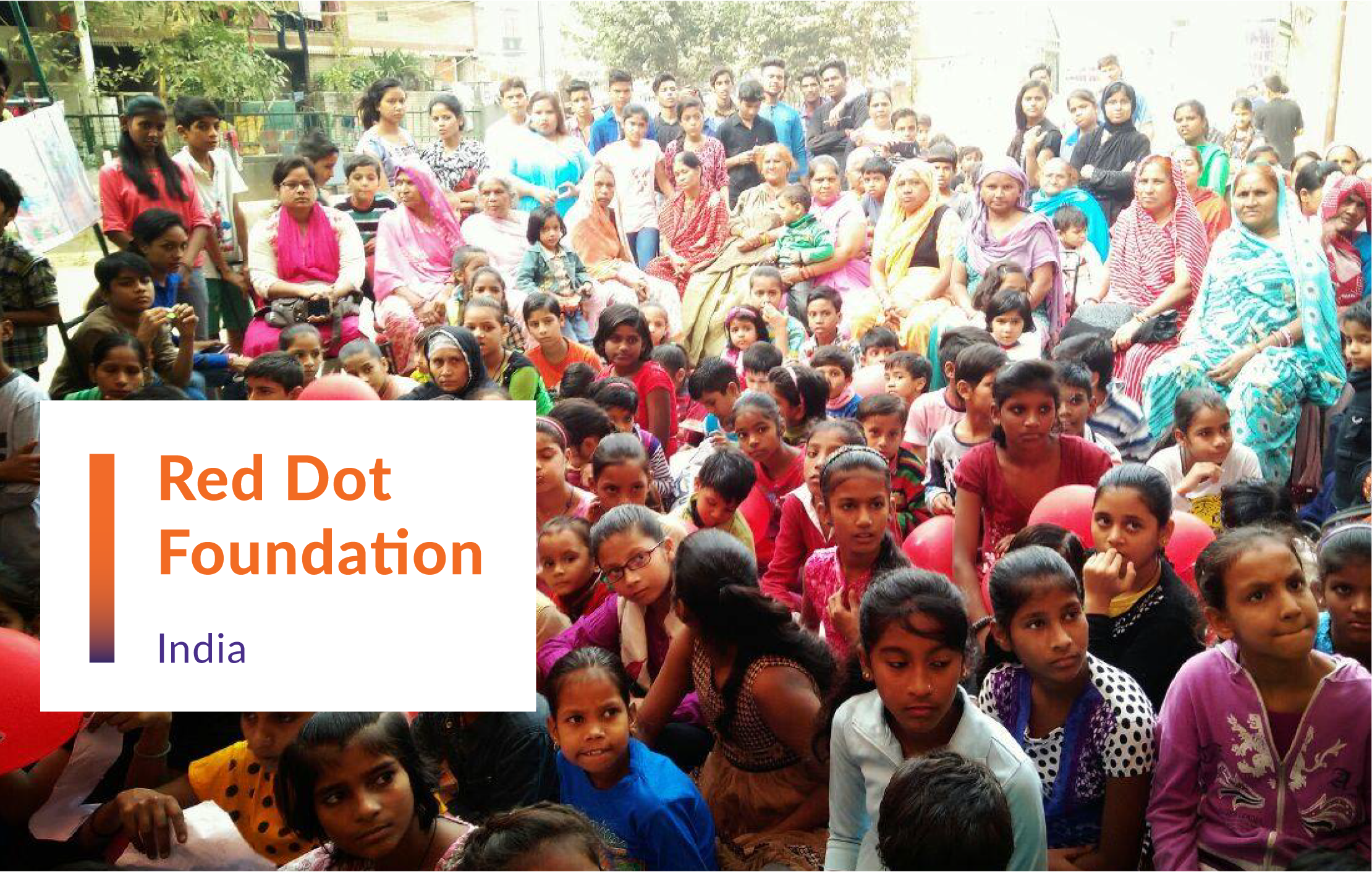Winner
Equal Rights and Non-Discrimination
Open Data
Women's Rights
Share this
Contact information

Safecity: a crowdmap for sexual and gender-based violence
The Problem
Safecity was launched in response to the gang rape of Jyoti Singh on a bus in Delhi in December 2012. This event highlighted the invisibility of sexual and gender-based violence due to underreporting. UN Women estimates that one in three women will face sexual assault at least once in their lifetime. These statistics are often grossly underreported, especially in India where a rape occurs every 15 minutes. Most women and girls don’t talk about this abuse for fear of police, social stigma and tedious formal procedures. As a result, this data is not captured anywhere, perpetrators get bolder over time, and women and girls accept abuse as part of their daily routine.
The Approach
The Safecity reporting platform captures anonymous data about community sexual assault incidents in a crowdmap. The platform differentiates the type of incidents/assaults, time, date, location, and other impressions from reporters. This has created a data set which previously did not exist. By representing information on a map as “hot spots”, the project moves the focus away from the "victim" to the location itself, helping people view the issue through a different lens.
SafeCity transformed from just a reporting platform to a method for organizing and engaging communities for safety in their neighborhoods. The data has been used to collaborate with police around problematic locations/times of the day, and for seeking community input for crime prevention. Red Dot Foundation also conducts workshops and community campaigns on sexual violence awareness and holds a weekly peer listening space for survivors.
The Impact
- 12+ peer reviewed research papers and articles have used the dataset.
- Awareness campaigns conducted in over 25 neighborhoods.
- After seeing the local harassment data trends, the community of Pune, India felt they needed to advocate for better services to make their area safer, while creating awareness for behavior change. They petitioned their local councilor for improved public toilets, functioning streetlights, safe access to the community center, and increased police patrolling in certain areas. Armed with evidence-based incident data and the power of the community, their demands were met.
The Future
Red Dot Foundation plans to connect to other local community-based organizations that could implement SafeCity, while working together to ensure safety for their communities. The project’s goals are to expand active users to 15 countries, achieve 500,000 reports on the platform, and have partnerships with local established agencies across the world.